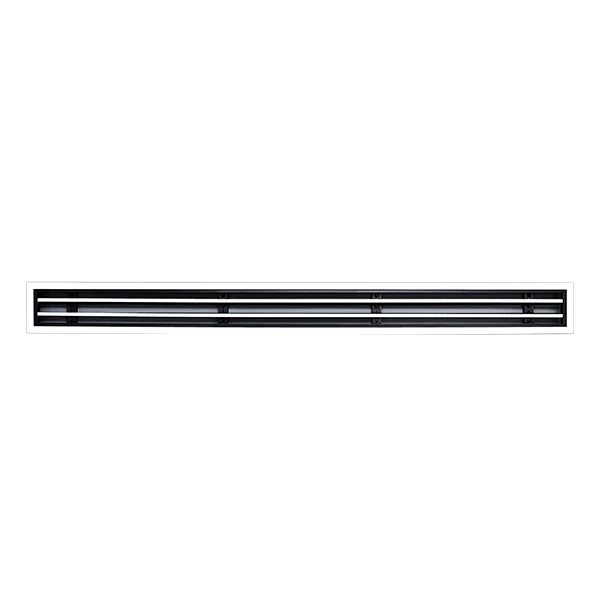In an era where automotive technology is advancing at an unprecedented pace, the quest for the safest car has become a paramount concern for consumers and manufacturers alike. With the increasing number of vehicles on the road, the importance of safety features cannot be overstated. This article delves into the factors that contribute to a car's safety rating, highlights the latest advancements in automotive safety technology, and ultimately reveals the #1 safest car of 2025.
Understanding Automotive Safety Ratings
Before we identify the safest car, it’s essential to understand how safety ratings are determined. Organizations such as the National Highway Traffic Safety Administration (NHTSA) and the Insurance Institute for Highway Safety (IIHS) conduct rigorous testing to evaluate vehicle safety. These tests assess various aspects, including crashworthiness, crash avoidance, and the effectiveness of safety features.
- Crashworthiness: This refers to how well a vehicle protects its occupants in the event of a collision. Factors such as structural integrity, airbag deployment, and seatbelt effectiveness are evaluated.
- Crash Avoidance: This aspect focuses on a vehicle's ability to prevent accidents. Advanced Driver Assistance Systems (ADAS) such as automatic emergency braking, lane-keeping assist, and adaptive cruise control play a crucial role in this category.
- Safety Features: The presence of safety technologies, such as electronic stability control, traction control, and advanced airbag systems, significantly impacts a vehicle's overall safety rating.
The Evolution of Safety Technology
Over the years, automotive safety technology has evolved dramatically. The introduction of features such as blind-spot monitoring, rear cross-traffic alert, and pedestrian detection has transformed the way we think about vehicle safety. Moreover, the integration of artificial intelligence and machine learning into vehicle systems is paving the way for even more sophisticated safety measures.
For instance, many modern vehicles are now equipped with Vehicle-to-Everything (V2X) communication systems, allowing cars to communicate with each other and infrastructure to enhance situational awareness and reduce the likelihood of accidents. Additionally, the rise of electric and autonomous vehicles is pushing the boundaries of safety technology, as these vehicles often come with advanced safety features as standard.
The #1 Safest Car of 2025
After extensive research and analysis of safety ratings, consumer feedback, and technological advancements, the title of the #1 safest car of 2025 goes to the 2025 Volvo XC90. This luxury SUV has consistently topped safety charts due to its robust construction, comprehensive suite of safety features, and outstanding performance in crash tests.
Key Safety Features of the 2025 Volvo XC90:
- Pilot Assist: This semi-autonomous driving feature helps maintain speed and distance from other vehicles while also assisting with steering, making highway driving safer and less stressful.
- City Safety Technology: This system detects potential collisions with vehicles, pedestrians, cyclists, and large animals, automatically applying the brakes if necessary.
- 360-Degree Surround View Camera: This feature provides drivers with a bird's-eye view of their surroundings, making parking and maneuvering in tight spaces safer.
- Robust Structural Integrity: The XC90's design incorporates high-strength steel and advanced crumple zones, ensuring maximum protection for occupants in the event of a collision.
- Comprehensive Airbag System: The vehicle is equipped with multiple airbags, including side-curtain airbags that extend to protect all three rows of seating.
Conclusion
As consumers become increasingly aware of the importance of vehicle safety, the demand for cars that prioritize occupant protection continues to rise. The 2025 Volvo XC90 stands out as a beacon of safety in the automotive industry, combining cutting-edge technology with a commitment to passenger protection. When considering a new vehicle, prioritizing safety features and ratings can make a significant difference in ensuring the well-being of you and your loved ones on the road.
In conclusion, the quest for the #1 safest car is not just about numbers and ratings; it’s about peace of mind and the assurance that you are driving a vehicle designed to protect you in every possible way. As technology continues to evolve, we can only anticipate even greater advancements in automotive safety, making our roads safer for everyone.


More Stories
How Global Trade Moves Faster Through Structured Border Compliance?
Seeing More Behind the Wheel Why Truck Backup Camera System Matters
Electric Rescue ATV Vehicle Redefining Rapid Response in Complex Terrain